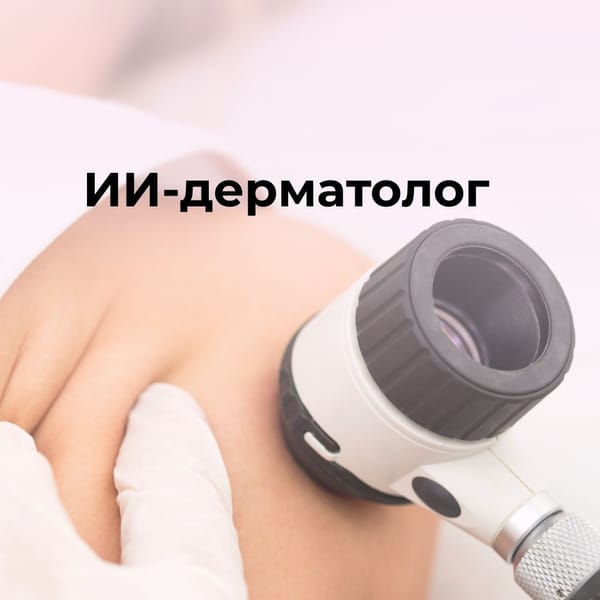Breasts and Cold: Can Cold Cause Breast Engorgement?
Yes, it's possible. This can happen if, due to the cold, the mother stops feeding the baby on demand. Also, if the mother prefers to give only the nipple to suck, and hides the areola under clothing. Another factor is the preference for hard bras with a foam layer to keep warm.
Despite searching for opinions in various sources, no mention was found that cold can lead to the development of mastitis or lactostasis. Observations of women during consultations confirm a variety of approaches to environmental conditions: from setting the air conditioner to 16 degrees to sleeping with open windows both in winter and summer, as well as swimming in cold water while feeding on demand, and even diving into an ice hole. All this indicates different preferences and lifestyles. This is not about hardening the breasts, but about ensuring adequate breastfeeding on demand and continuing your normal life.
Risk factors play a significant role in the development of lactational mastitis:
- Infrequent feedings or feeding on a schedule;
- Incorrect latch and incorrect attachment of the baby to the breast;
- Oversupply of milk;
- Partial blockage of the milk duct, which leads to impaired outflow and milk stasis;
- Pressure in the breast area (e.g., tight bra or car seat belt);
- Stress or excessive fatigue of the mother, lack of opportunity for regular pumping;
- Abrupt weaning of the baby;
- Illness of the mother or child;
- Malnutrition of the mother;
- History of mastitis;
- Cracked nipples, use of cream on nipples (especially antifungal cream);
- Additional lobes of the mammary gland;
- Breast surgery or other surgical interventions in the breast area.
Predisposing factors:
- Damaged nipple, especially if colonized by Staphylococcus aureus;
- Infrequent feedings or frequency of feeding schedule or duration of feeding;
- Missed feedings;
- Poor latch or weak, sluggish sucking leading to ineffective milk removal;
- Illness of the mother or child;
- Insufficient milk intake by the infant;
- Abrupt weaning;
- Pressure on the breast (e.g., tight bra, car seat belt);
- White spot on the nipple or blocked opening, or nipple duct: milk bleb or "blister" (localized inflammatory reaction);
- Maternal stress and fatigue.
Thus, the basis for the prevention of lactostasis and lactational mastitis is the proper organization of breastfeeding, unrestricted breastfeeding, and unlimited presence of the baby at the mother's breast. It is also important to timely treat lactostasis and nipple damage, as well as to educate women on the practice of effective breastfeeding. Factors such as improper feeding, damaged nipples, stress, or fatigue of the mother can negatively affect lactation. Therefore, it is important to ensure adequate breastfeeding on demand and create supportive conditions for the mother and child.
Reference:
https://myhealth.alberta.ca/Health/aftercareinformation/pages/conditions.aspx?hwid=uf8010



